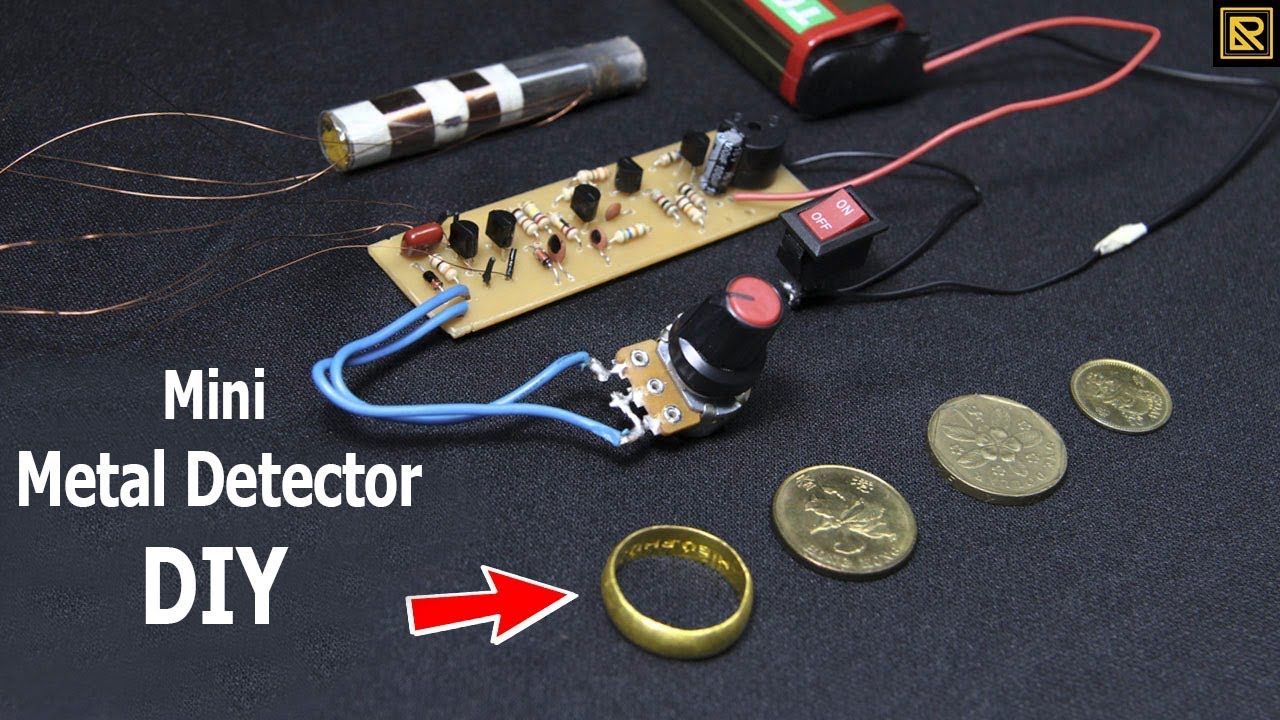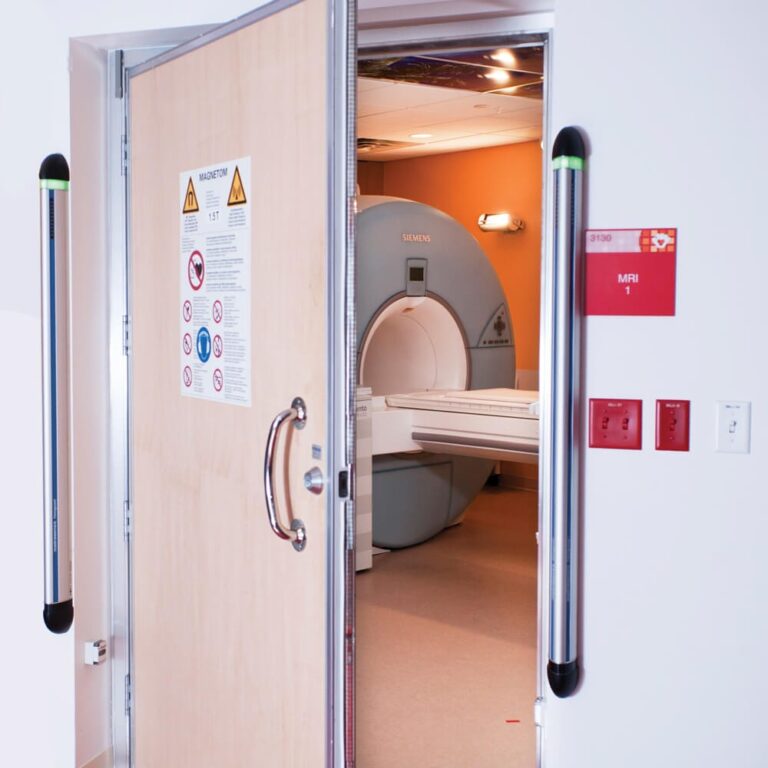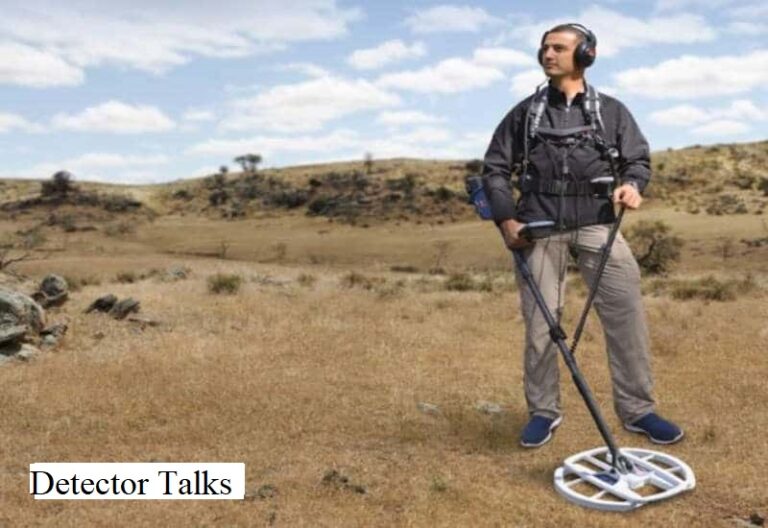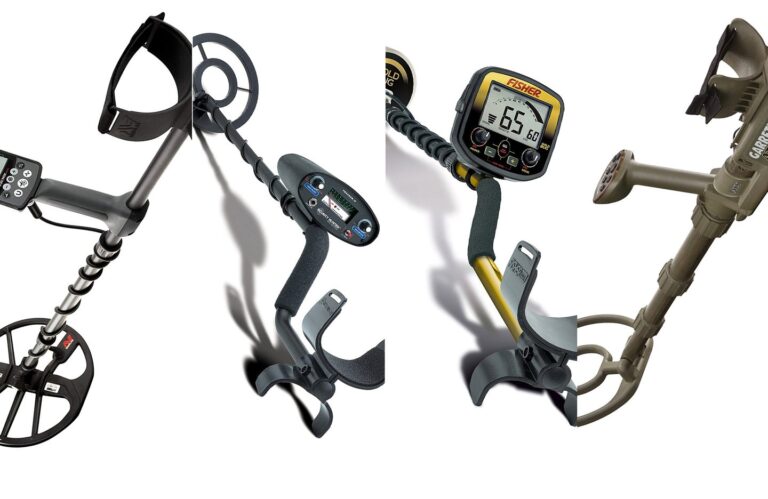Pinpointer Metal Detector Circuit
A pinpointer metal detector is a handheld device that helps you locate metal objects without digging through a large area. It emits a signal that is picked up by the metal object, allowing you to pinpoint its location. Pinpointers help find small objects such as coins, jewelry, and other valuables.
If you’ve ever been metal detecting, you know the frustration of locating a buried object. Sometimes, your detector beeps at random! But with a pinpointer circuit, you can quickly zero in on the target.
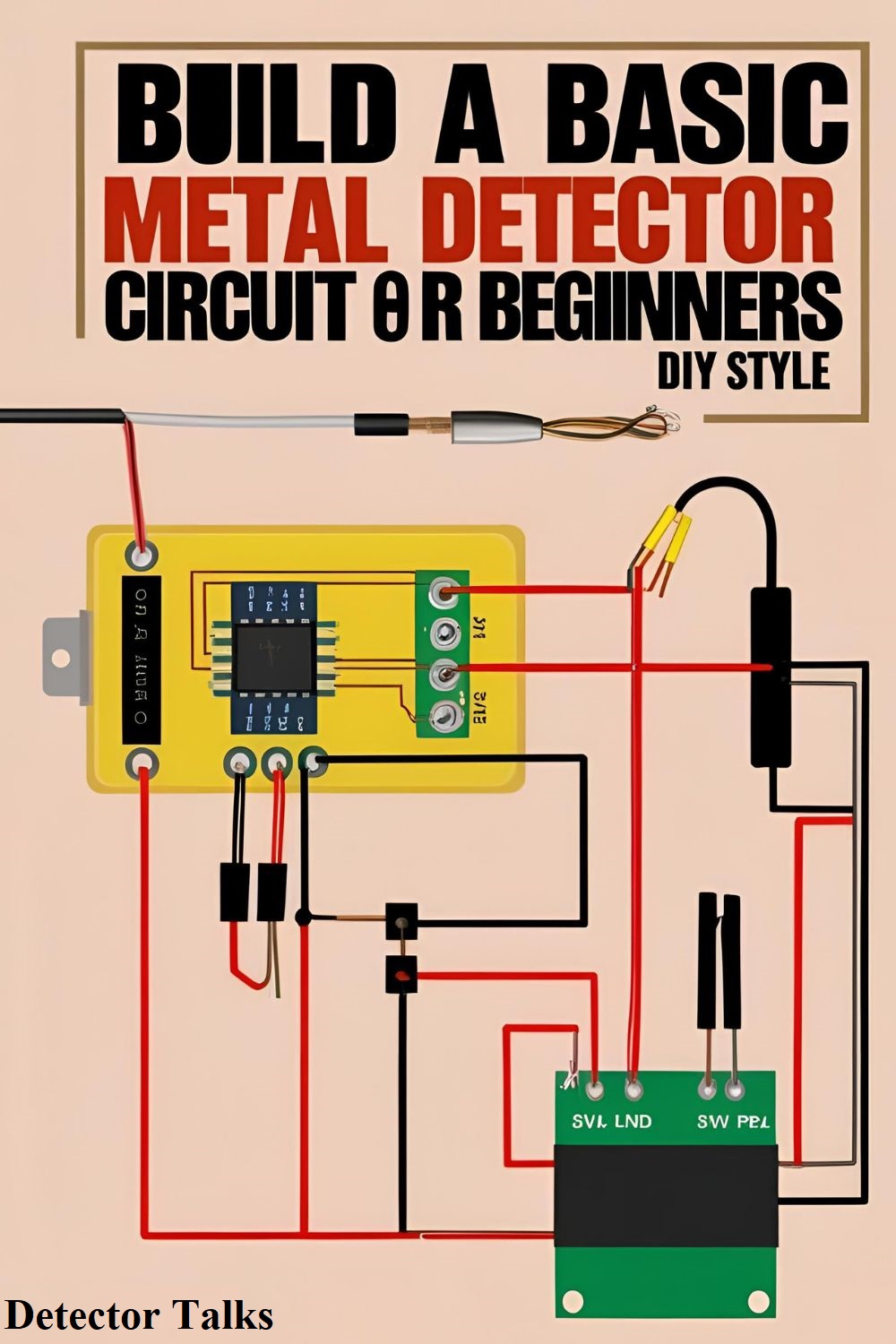
A pinpointer metal detector circuit is an excellent addition to any metal detector. It helps you pinpoint the exact location of a buried object, so you don’t have to waste time digging around aimlessly. There are a few different ways to build a pinpointer circuit.
One popular method is to use an LM358 operational amplifier. This amp has two inputs and one output. The first input is connected to the ground, while the second is connected to the signal from your metal detector.
The amp’s output goes to an LED that lights up when it detects a signal. You can also add a buzzer for an audible indication. You can also build a pinpointer circuit with an Arduino microcontroller.
This gives you more flexibility regarding how you want to indicate that something is buried nearby. For example, you could have the LED blink faster as you get closer to the target object. Or, you could use an LCD screen to display directional arrows that show which way to go.
Building a pinpointer circuit is relatively easy and only requires basic electronics knowledge, whether you use an operational amplifier or microcontroller. So, if you need help finding those hidden treasures, consider adding this tool to your metal-detecting arsenal!
Can You Metal Detect With Just a Pinpointer?
In short, you can metal detect with just a pinpointer. However, some things to remember if you plan on doing this. First, a pinpointer is not as sensitive as a metal detector and cannot pick up all metals.
Second, a pinpointer can only locate metal objects near the device. Finally, remember that most models of pinpointers need to be used in conjunction with a metal detector to function correctly.
How Does a Metal Detector Pinpointer Work?
A metal detector pinpointer is a handheld device that helps you locate metal objects. It emits a sound when it comes into contact with metal, which allows you to find the object more easily. The pinpointer also has a light that turns on when it detects metal, so you can see where the object is, even if it’s hidden in the ground.
How Do You Make a Pinpointer Metal Detector Circuit?
I assume you would like a tutorial on how to make a pinpointer. A pinpointer is a small, handheld device that helps you locate metal objects hidden in the ground. It’s an essential tool for any serious metal detectorist.
While most metal detectors come with built-in pinpointers, they’re only sometimes accurate. A homemade pinpointer can be just as effective—if not more so—than a commercial one. Plus, it’s a fun project to make!
Here’s what you’ll need to build your pinpointer:
- A small length of PVC pipe (about 6 inches should do the trick).
- A piece of aluminum foil that’s big enough to cover the open end of the PVC pipe.
Some electrical tape 4) A 9V battery 5 easy steps to follow:
- Cut the PVC pipe to size and then cover one end with aluminum foil. Use the electrical tape to secure the foil in place. This will be the “probe” you use to scan the ground for metal objects.
- Make a small hole in the center of the aluminum foil-covered end of the PVC pipe. This is where you’ll insert the positive lead from your 9V battery later.
- Next, take your 9V battery and cut off one of its ends (the positive or negative doesn’t matter). Strip about ½ inch of insulation off both exposed wires and twist them together tightly so they won’t come apart quickly later.
- Now poke these two wires through the hole you made in step 2 and then screw them into place so they hold tight (a little solder might help here, too, if needed). You want a snug fit so there is good contact between these wires and between each wire and its respective terminal on your 9V battery when it’s all put together later on). Also, make sure that there is no chance these two wires can touch each other once everything is screwed/soldered into place, or else your circuit will be shorted out and won’t work right!
- All that’s left now is to put everything together and give it a try!
What is the Best Metal Detecting Pinpointer?
If you’re serious about metal detecting, you know that having a good pinpointer can make all the difference. But with so many on the market, learning which is the best can take time. We’ve compiled this guide to help you choose the best metal-detecting pinpointer.
We’ll cover everything from how they work to what features to look for and which are our top picks. So, whether you’re a beginner or a seasoned pro, read on to find the best pinpointer. What is a Metal Detector Pinpointer?
A metal detector pinpointer is a handheld device that helps you locate small objects like coins, jewelry, or other metal items buried in the ground. They emit a signal that helps zero in on the item’s location so you can dig it up more quickly. How Do Metal Detector Pinpointers Work?
Most metal detector pinpointers work by emitting an electromagnetic field. When this field comes into contact with a piece of metal, it creates an electrical current that sets off an alarm on the device. The closer you get to the object, the louder the alarm will sound.
Some models also have LED lights or vibrate to indicate when they’re close to something metallic.
Arduino Metal Detector With Display
An Arduino Metal Detector with Display detects the presence of metal objects and displays them on a screen. This can be useful for finding hidden metals, such as in walls or ceilings, or for prospecting for minerals. The device consists of an Arduino board, a metal detector sensor, and a display.
The Arduino controls the sensor and the display, which show the signal strength and direction of the metal object. The device can be calibrated to ignore small objects, such as coins, and to only detect more prominent objects, such as pieces of metal.
How to Make a Pinpointer Metal Detector
A pinpointer is a small, handheld metal detector used to locate buried metal objects. It is often used in conjunction with larger metal detectors and can be very helpful in finding small items that are difficult to locate with a giant detector. Pinpointers are relatively simple devices and can be easily made home with a few basic materials.
To make a pinpointer metal detector, you will need:
- A length of thin wire (30-50cm)
- A 9V battery.
- A small speaker or earphone
- Some alligator clips
- An empty tin can (optional)
Instructions:
- Wrap the wire around the base of the tin can several times, leaving about 20cm of wire free at one end. This will form your coil. If you are not using it, a tin can wrap the wire around itself to form a coil.
- Attach one coil end to one of the terminals on the battery using an alligator clip.
- Touch the other end of the coil to the other terminal on the battery briefly – this will create a magnetic field in the coil.
- Hold the coil over any metallic object. You should hear a faint sound from the speaker or earphone as it picks up on metals nearby!
Arduino Metal Detector Long-Range
Arduino Metal Detector Long Range: If you are looking for a long-range metal detector, the Arduino is a great choice. This type of metal detector can detect both ferrous and non-ferrous metals, making it a versatile tool.
It is also relatively simple to build, so even if you are new to electronics, you should quickly assemble one. In this blog post, we will show you how to make an Arduino metal detector that can detect objects up to 1 meter away! The first step is to gather all of the necessary components.
For this project, you will need an Arduino board, a coil of wire (we used 22 gauge), a magnet, and some casing or housing. You will also need access to a computer to program the Arduino. If you do not have all of these items on hand, don’t worry!
You can easily find them at your local electronics store or online. Once you have all of your materials gathered, it’s time to start building. The first step is to make the coil.
This can be done by wrapping the wire around the magnet several times. Make sure that the turns are tight against each other so that there are no gaps between them—this will ensure that your coil works appropriately. Once your coil is complete, solder one end to one of the ground pins on your Arduino board (we used pin GND).
Next up is programming the Arduino itself. We will only go into a bit of detail here since many excellent tutorials (such as this one) are available online that can walk you through the process step-by-step. In short, you will need to create a sketch that uses the ‘tone’ function to generate a signal when the coil detects metallic objects.
Uploading this sketch onto your Arduino board is easy – connect it to your computer via USB and follow the prompts in your chosen IDE (we recommend using Arduino IDE).
Conclusion
This blog post outlines how to build a pinpointer metal detector circuit. The author provides detailed instructions and illustrations to help readers follow along. The finished product can detect small metal objects, making it helpful in finding lost coins or other small items.

